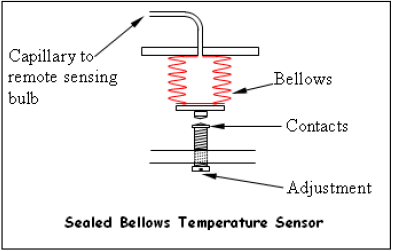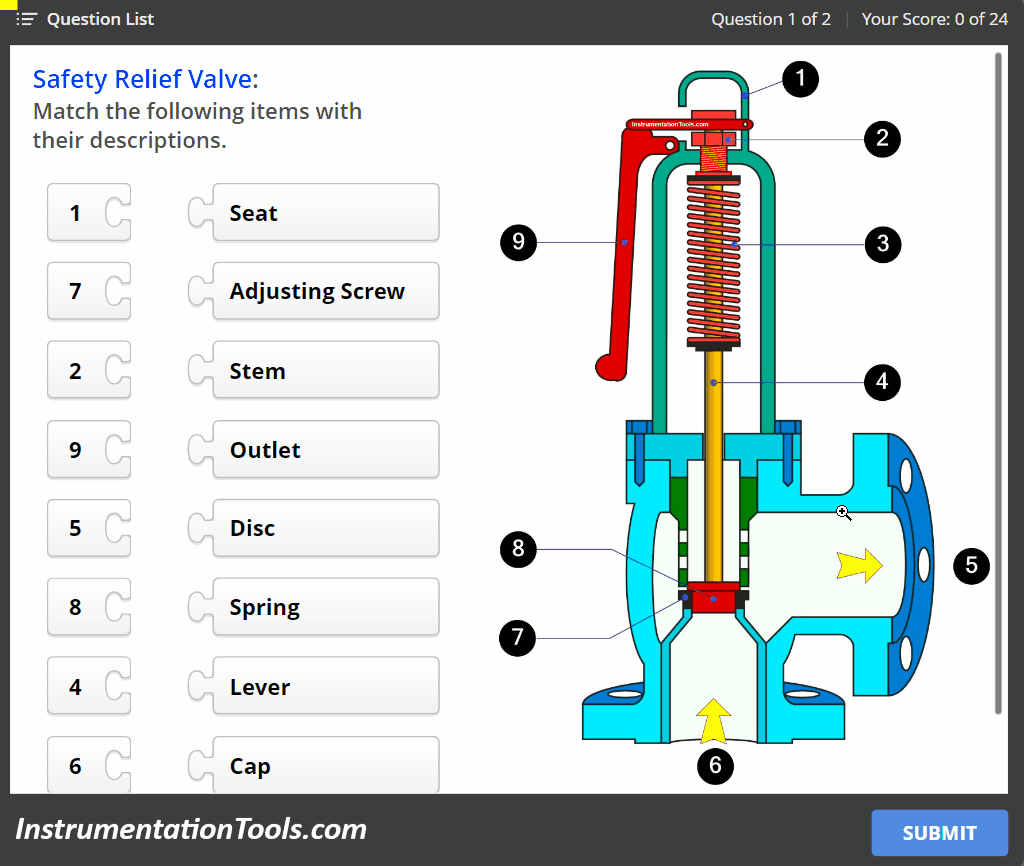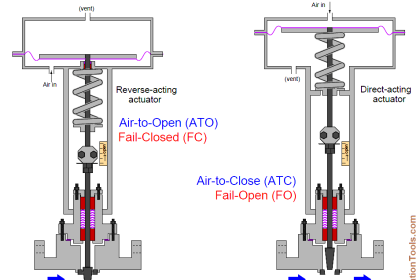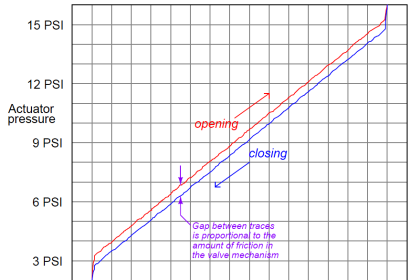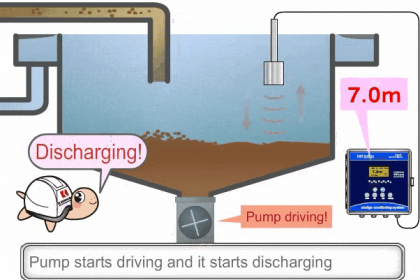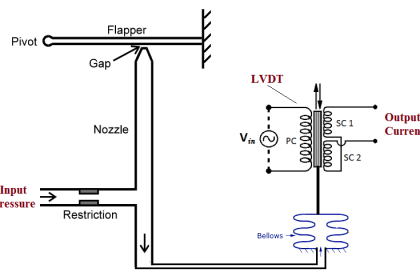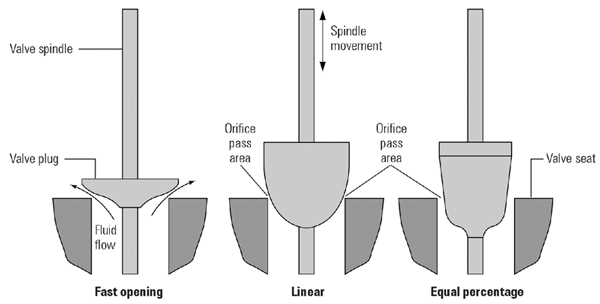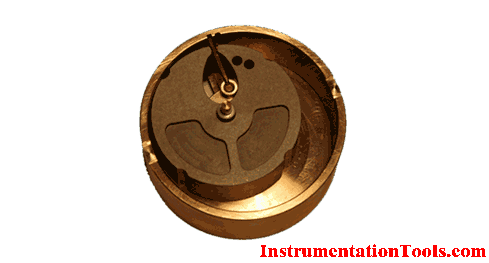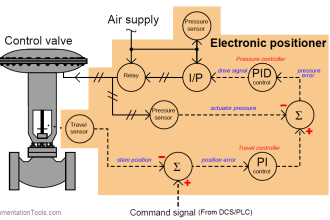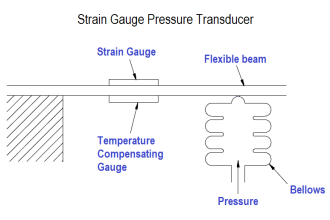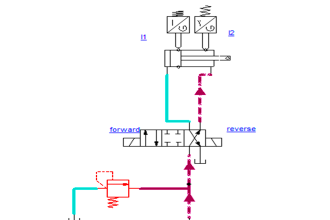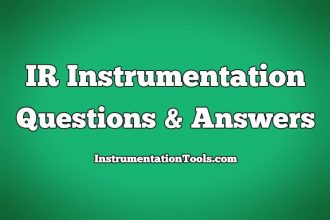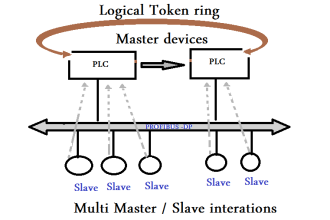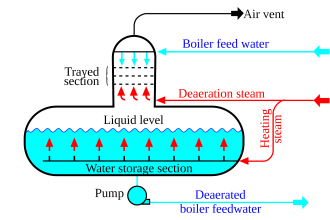Globe valves consist of a movable disk-type element and a stationary ring seat in a generally spherical body. The valve stem moves a globe plug relative to the valve seat.
Contents
Basics of Globe Valves
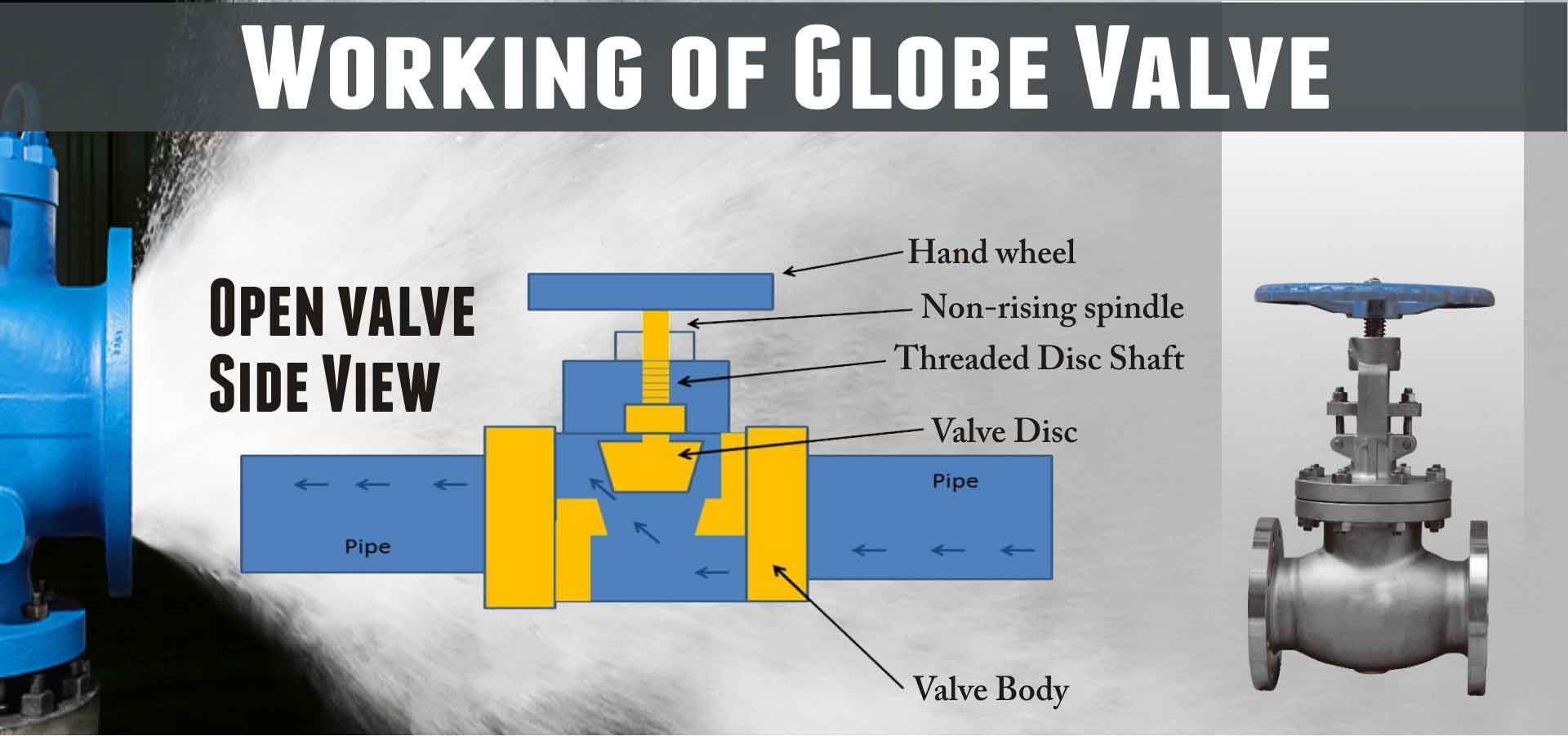
The globe plug can be at any position between fully opened and fully closed to control flow through the valve. The globe and seat construction gives the valve good flow regulation characteristics.
Turbulent flow past the seat and plug, when the valve is open, results in a relatively high pressure drop, limited flow capacity, and low recovery.
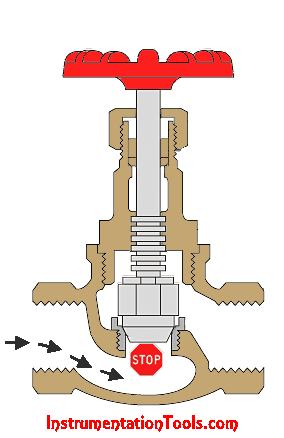
Best Suited Control: Linear and Equal percentage
Recommended Uses:
Applications requiring:
- Precise flow regulation
- Frequent and wide throttling operation
- Suited to very high pressure drops
Advantages:
- Efficient and precise throttling
- Accurate flow control
Disadvantages:
- Low recovery and relatively low coefficient of flow (Cv).
- High pressure drop, higher pump capacity and system wear.
- More expensive than other valves.
- The sealing device is a plug that offers limited shut-off capabilities, not always meeting bubble tight requirements.
Applications:
- Suitable for most liquids, vapors, gases, corrosive substances
- General sizes available are 1/2″ to 8″.
- Pressure limitations are relatively high, ranging from 1480 to 1500 psi, dependent on materials of construction, size and temperature.
- Minimum and maximum temperatures are also very broad ranging from -425°F to 1100°F, depending again on the materials of construction.
- Depending on the specific construction and application, the globe valve may comply with ASME class II, III, IV, V or VI shut-off requirements.
- Easily automated and available with positioners, limit switches, and other accessories.
